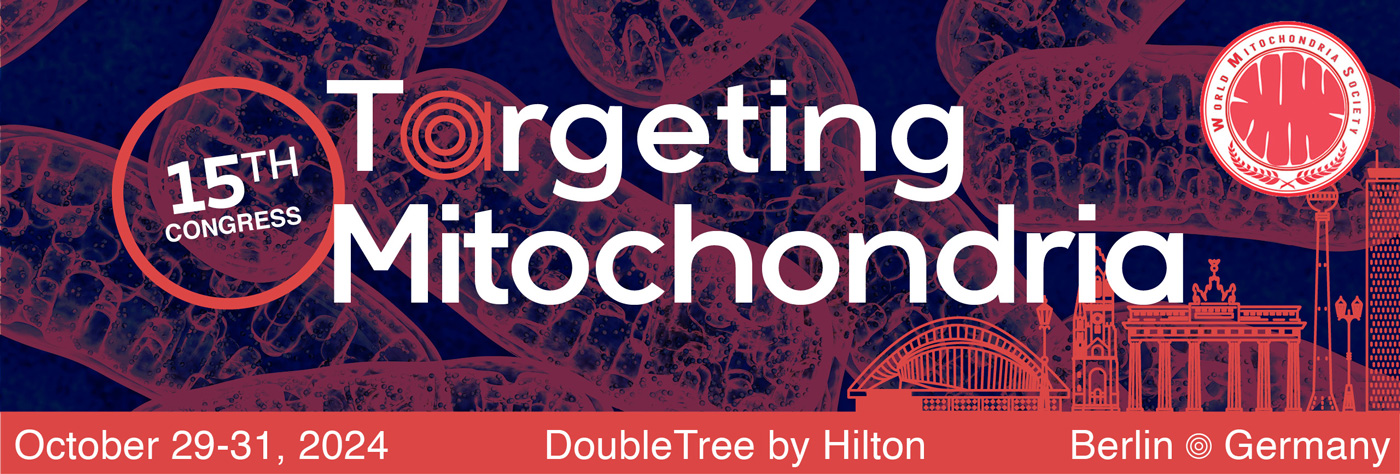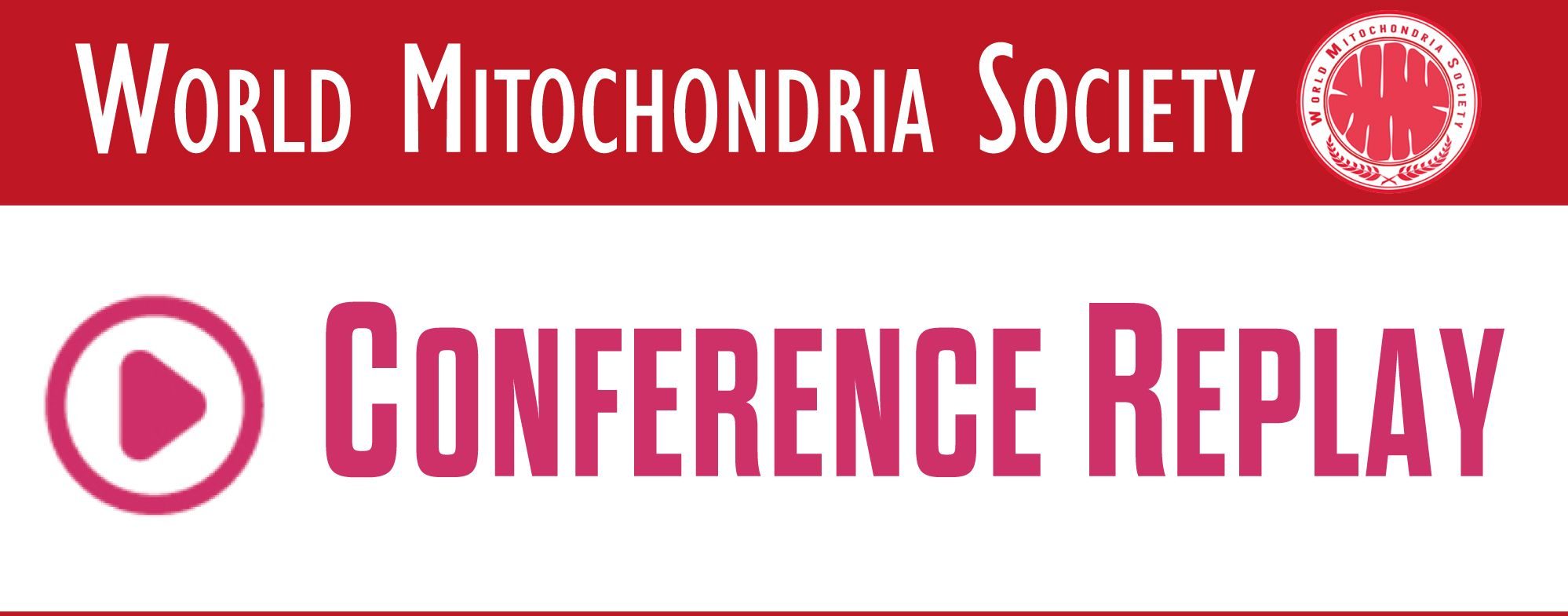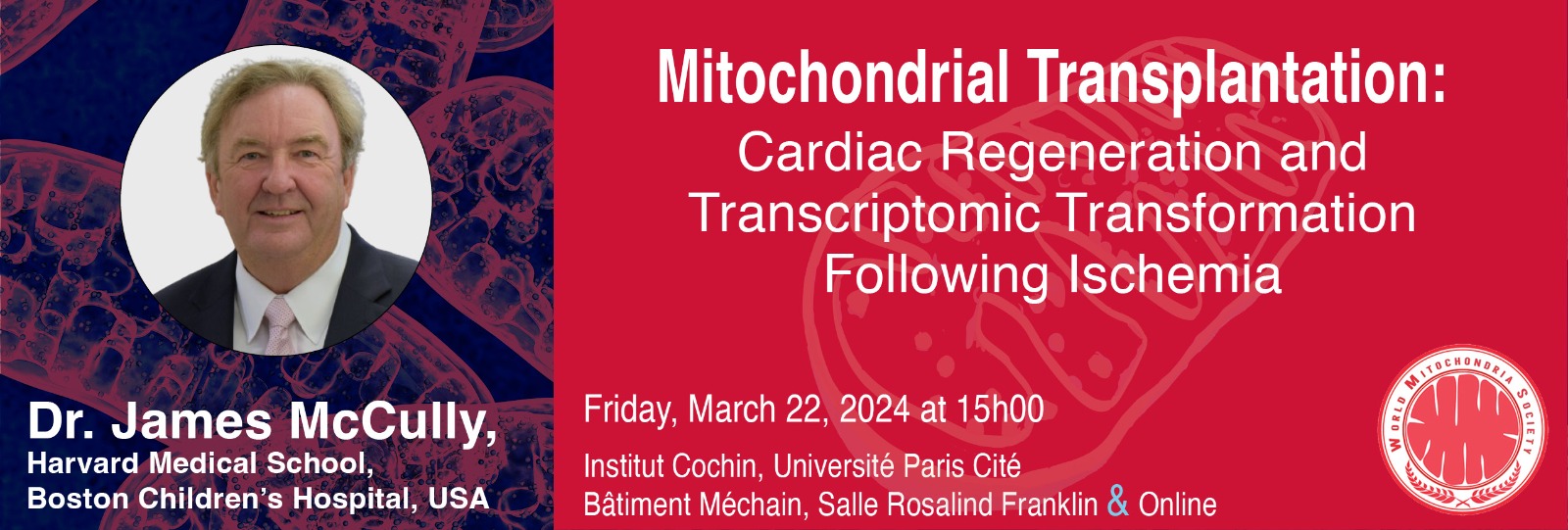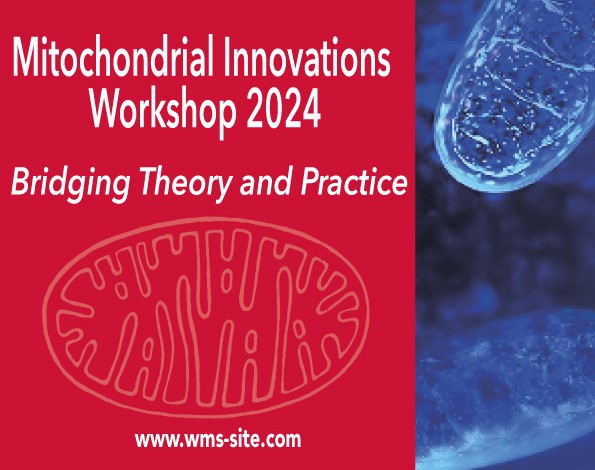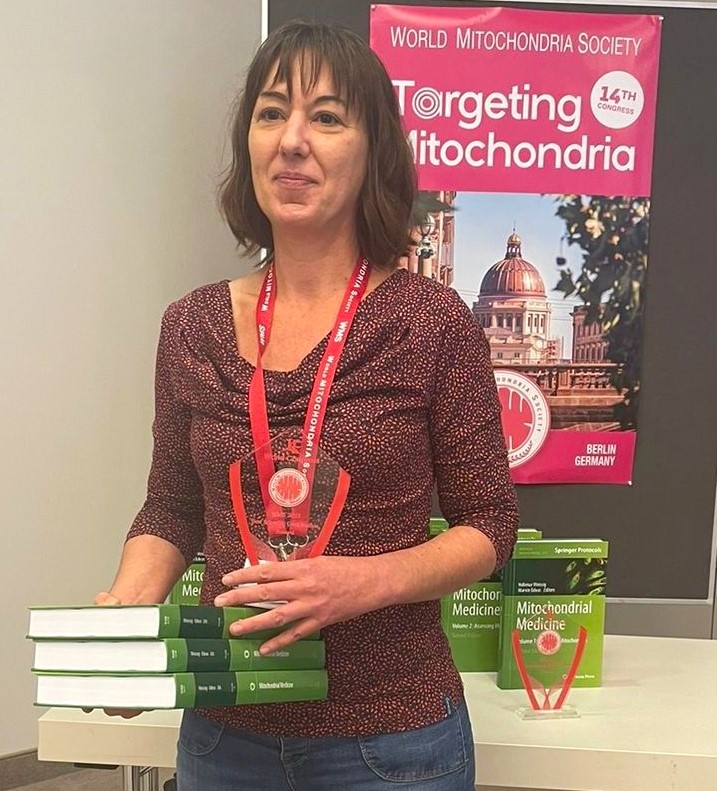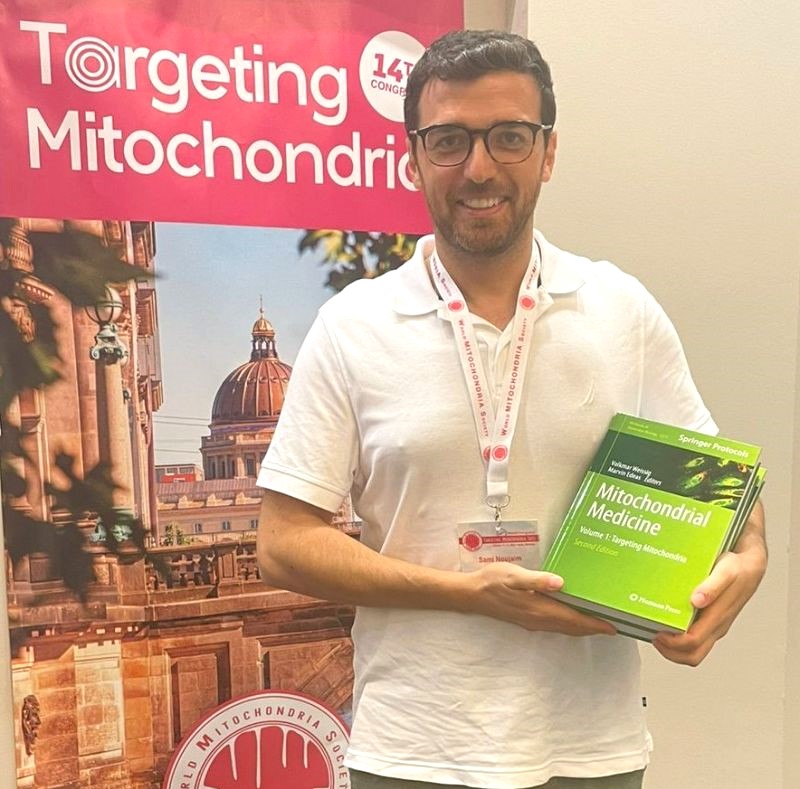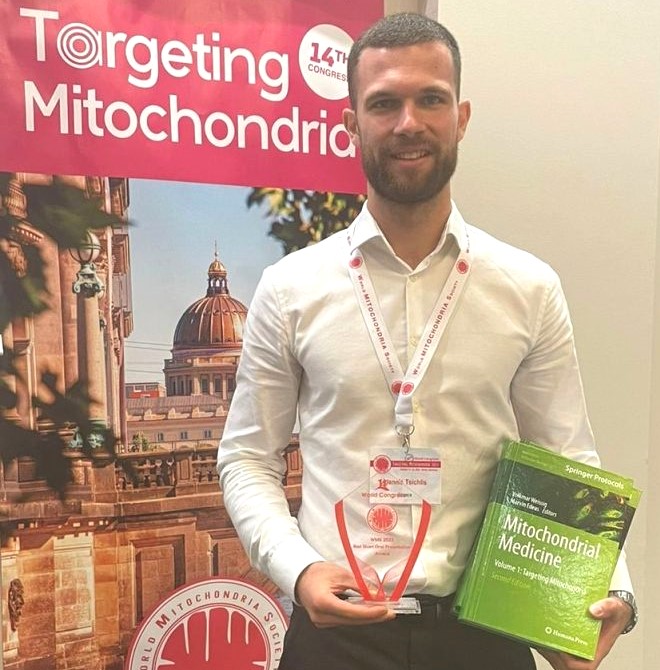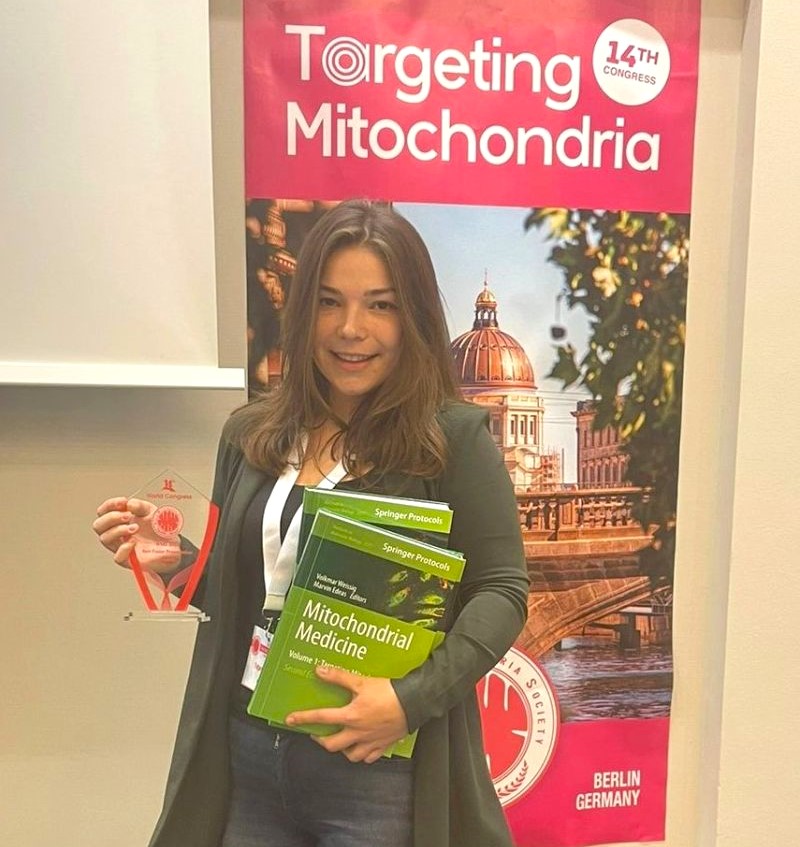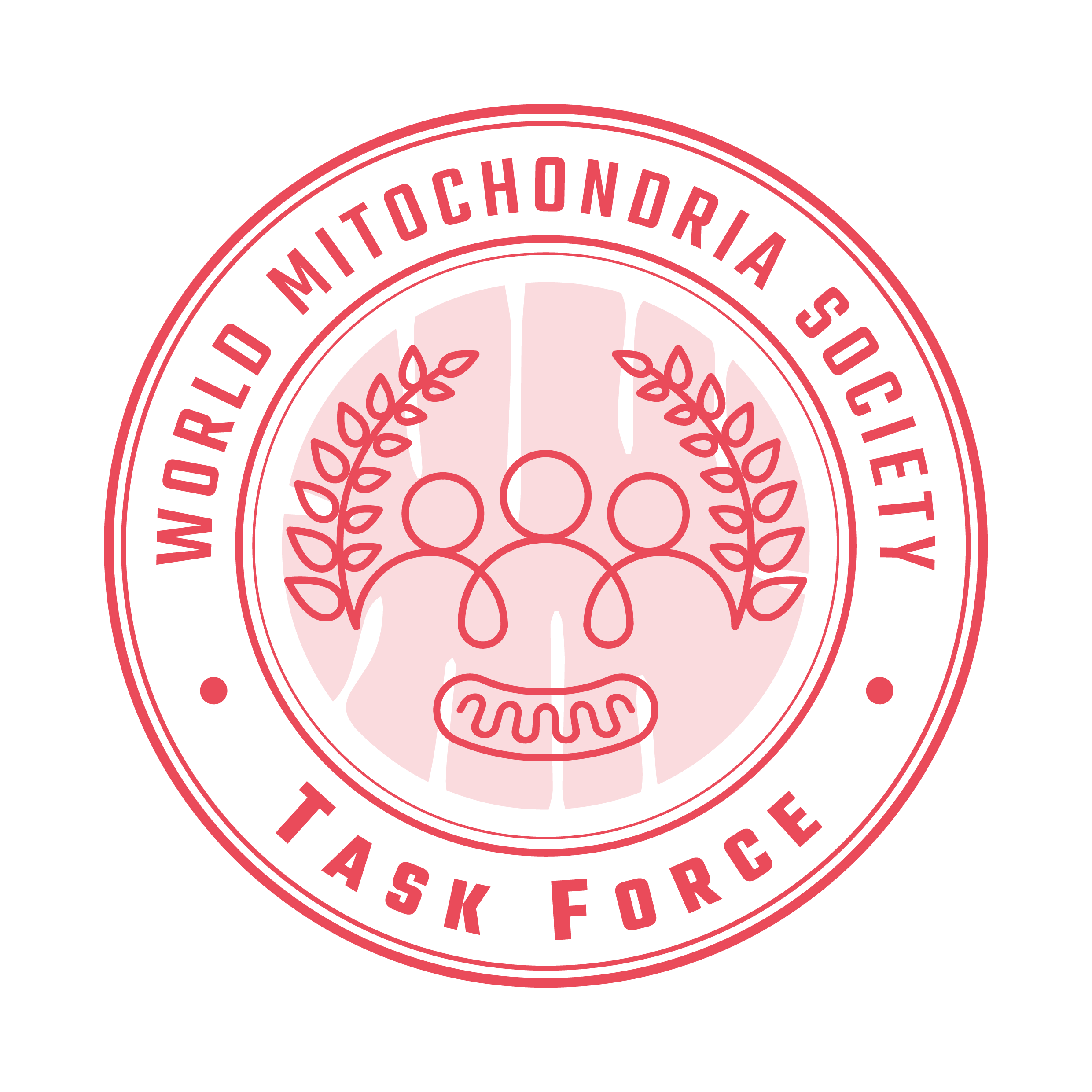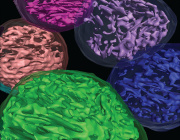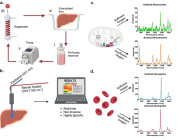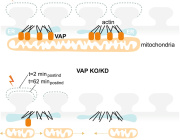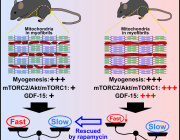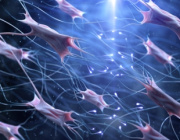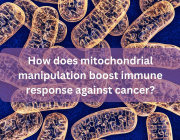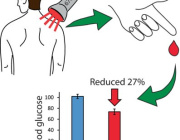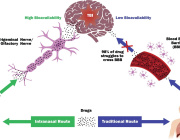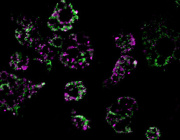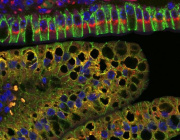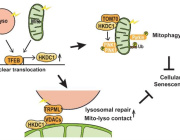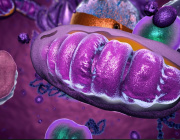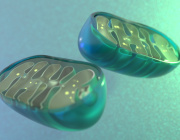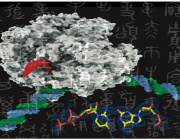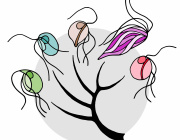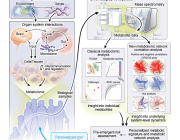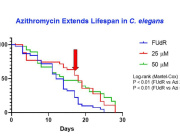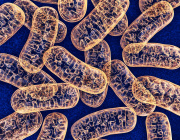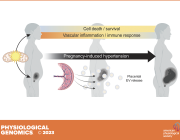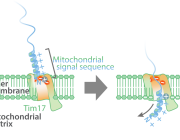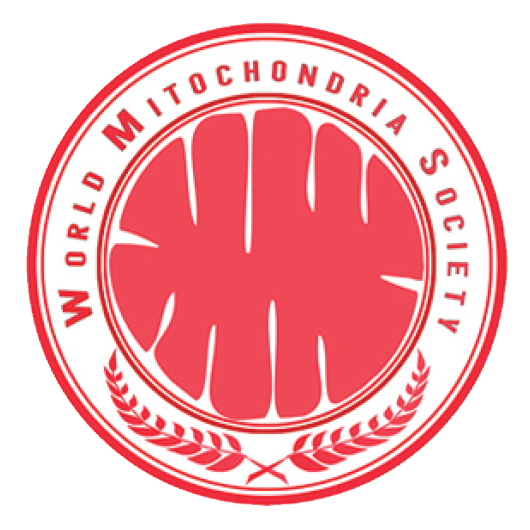Non-Invasive Photobiomodulation Therapies for Diabetes Management and Complication Reduction
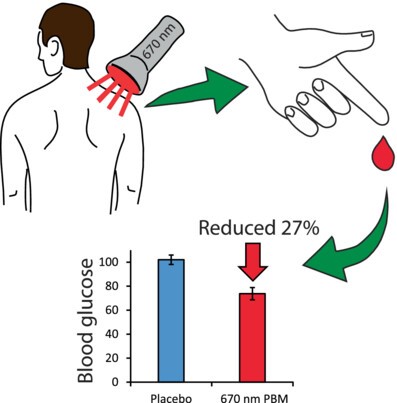
The WMS wish to highlight 2 excellent studies just published by 2 different teams.
Recent studies have highlighted the potential of photobiomodulation (PBM) and transcranial photobiomodulation (tPBM) as non-invasive therapeutic interventions for diabetes management and the mitigation of its complications. These innovative approaches focus on improving mitochondrial function, insulin therapy outcomes, and systemic metabolic health through light-based stimulation.
Key Findings
1. Blood Glucose Management via PBM
Research by Michael B. Powner and Glen Jeffery demonstrates that PBM with 670 nm light significantly reduces blood glucose levels following glucose intake, by enhancing mitochondrial functions and potentially increasing glucose demand. This method showed a notable decrease in blood glucose spikes, offering a new avenue for managing post-meal blood glucose fluctuations.
2. tPBM's Role in Microglial Function and Diabetic Complications
A study by Shaojun Liu, Dongyu Li, et al., explored tPBM's effectiveness in improving microglial morphology and reactivity in diabetic mice. The treatment was found to stimulate the brain's drainage system, enhance energy expenditure, and improve locomotor activity, suggesting tPBM as an effective method for treating microglial dysfunction and potentially preventing diabetic physiological disorders.
3. Broad Therapeutic Effects of tPBM
Additional research supports tPBM's beneficial effects on various diabetic complications, including diabetic foot, periodontitis, and retinopathy. tPBM has also been shown to improve insulin sensitivity and metabolic disorders in adipocytes and high-fat diet-induced mice. The underlying mechanisms involve the activation of cytochrome c oxidase-mediated protein kinase B, leading to increased mitochondrial ATP and ROS generation, lipid consumption, glucose absorption, and glycogen accumulation.
Conclusion
The integration of PBM and tPBM into diabetes management strategies offers a promising outlook for both controlling blood glucose levels and addressing a spectrum of diabetic complications. These non-invasive therapies not only provide a novel approach to enhancing metabolic health but also contribute to the broader effort of improving quality of life for individuals with diabetes. The evidence suggests that further exploration and clinical trials could solidify the role of photobiomodulation therapies in diabetes care protocols, potentially revolutionizing treatment methodologies with their systemic benefits and minimal side effects.
The mitochondria continue to astonish us.
References
1. Powner, M.B., & Jeffery, G. (2024). Light stimulation of mitochondria reduces blood glucose levels. Journal of Biophotonics, 10.1002/jbio.202300521.
2. Liu, S., Li, D., ... Zhu, D. (2023). Transcranial photobiomodulation improves insulin therapy in diabetic microglial reactivity and the brain drainage system. Communications Biology, 6, Article number: 1239.
Photo Credits:
Powner, M.B., & Jeffery, G. (2024).
© News Copyright: World Mitochondria Society (WMS)
